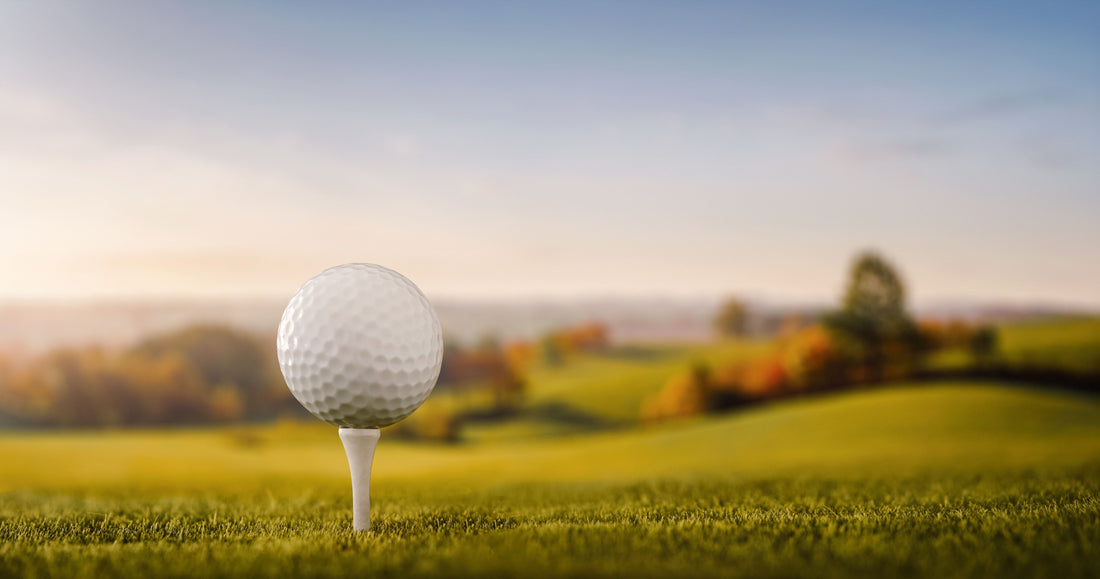One of the most distinct identifiers that sets a Golf ball apart from most other balls used in sport are the dimples on the outer cover, but what do they do and why are they even there?
TLDR
Dimples were created when some clever bugger noticed his shitty old, dented ball flew further than his shiny new one. Dimples help your ball slip through the air easier, fly higher and give more consistent ball flight. They can even help you hit the ball straighter.
The history of dimples
In the 1800's Golf balls were made out of wood and tree sap and given a smooth cover of paint. As the balls got older and developed scratches and nicks, it was noticed that they would fly straighter and further than the new balls. Over time, people began hammering their own dents into their balls to give better and more reliable results. This idea became mainstream when the first patent for a ball with indentations was submitted in 1897, and by the early 1900’s dimpled Golf balls were the design of choice for pro golfers.
So how do dimples work?
As your golf ball flies through the air the dimples create a tiny layer of disrupted air around the golf ball. This allows the air to flow across the surface with less friction, meaning the overall drag (amount of air trying to stop the ball) is reduced. This allows your ball slip through the air and fly further, but that’s not all they do.
The process of hitting a Golf ball naturally creates back spin during impact with your club, this spin causes air to flow faster over the top of the ball which creates lift. This lift adds to both the height and distance that a ball flies. The combined effect of the increased lift and decreased drag is huge, causing a dimpled Golf ball to fly more than twice as far as a non-dimpled Golf ball;

Credit: Golf Ball Flight Dynamics - Brett Burglund, Ryan Street 2011
How many dimples do Golf balls have?
The number of dimples on a Golf ball varies from ball to ball. On average, golf balls have approx. 330 dimples, although the record for the ball with the most dimples is 1,070 (someone was over-compensating...)!
How many dimples should my balls have?
To find the right ball for your game you need to think about what you want to improve. If more height and spin on your ball would benefit the way you play, larger and less dimples would be the better choice, but if you prefer your shots to have less spin and height, smaller and more dimples would be more suitable.
Are there different dimple types?
The short answer is yes. There are small dimples, large dimples, hexagonal dimples, and there are even dimples to help golfers hit the ball straighter too. The Maxfli StraightFli uses a unique Find the Fairway dimple pattern, consisting of 374 large and small dimples in stacked and packed patterns help to reduce side spin to increase accuracy. In lab testing, the Maxfli StraightFli produced 20% straighter ball flight than other Maxfli golf balls.
Top Flite golf balls include Dimple in Dimple technology, in which 332 large dimples contain smaller dimples inside. These dimples increased lift while producing less spin. This combination gives more distance and a higher ball flight without the need for higher ball compression (more on that to come in another blog).

